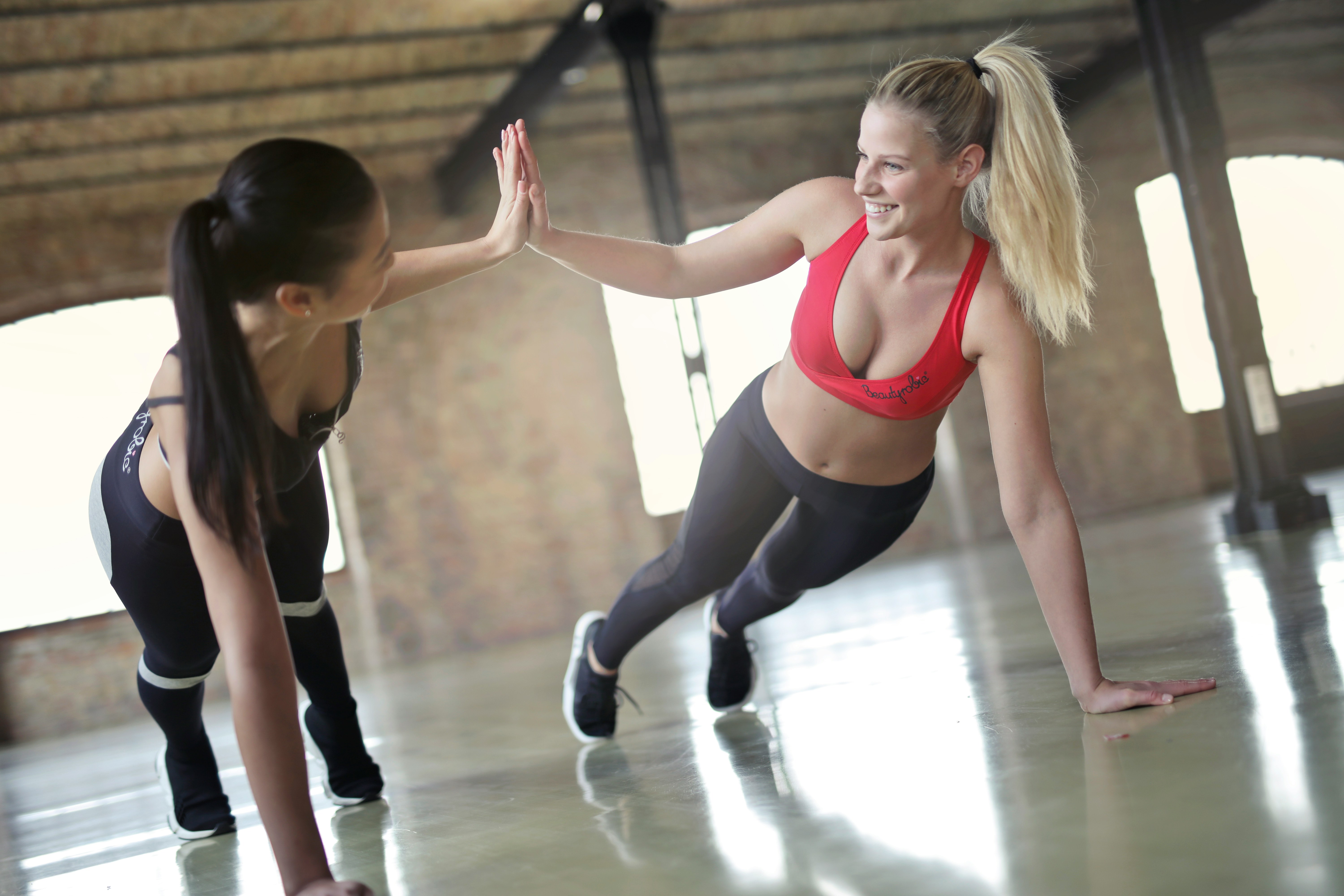
HIIT Routines That Fit Into Your Lunch Break
Busy schedules often leave little room for fitness, yet even short workouts can make a big difference. With just 20 minutes, a high-intensity interval training (*HIIT*) session can lift your energy, clear your mind, and help you burn calories efficiently. These quick routines fit neatly into a lunch break, requiring only a small space and determination—no gym membership or special equipment needed. This guide offers easy-to-follow routines, practical safety advice, and straightforward meal suggestions so you can return to your desk feeling refreshed, stronger, and prepared to tackle the rest of your day.
Advertisement
If your typical lunch looks like a sandwich at your desk, try stepping away for a few minutes. Short workouts break up sedentary hours and trigger endorphins. Studies show that *HIIT* can burn up to 15 calories per minute and rev up your metabolism for hours afterward. That extra energy spike fights the mid-afternoon slump and helps you stay on top of tasks.
Reasons to Do *HIIT* During Your Lunch Break
High-intensity intervals combine short bursts of effort with brief rest. That mix raises your heart rate quickly and taps energy stores efficiently. You don’t need to spend an hour on a treadmill. Twenty minutes of *HIIT* can match the calorie burn of a 45-minute jog. Research in the *Journal of Sports Science & Medicine* found that two weekly *HIIT* sessions improved cardiovascular health by 9 percent in just four weeks.
This way of training fits busy schedules. You can adjust the intensity to your fitness level. Swap sprinting for fast bodyweight moves. You complete core, cardio and strength exercises in minimal time. The quick pace keeps boredom at bay and lets you finish exercises before fatigue sets in.
Quick Warm-Up and Cool-Down
Warming up prepares muscles, reduces injury risk and primes your nervous system. Spend five minutes on dynamic moves like leg swings, arm circles and hip openers. Keep the pace brisk to raise body temperature without draining energy. A well-rounded warm-up can boost your performance and prevent post-workout stiffness.
After *HIIT*, cool down with light stretches and deep breathing. Focus on the major muscle groups you used: quads, hamstrings, chest and shoulders. Hold each stretch for 15 to 20 seconds. This step helps flush out lactic acid and speeds recovery. Even a quick two-minute cooldown can reduce next-day soreness, so don’t skip it.
Sample 20-Minute *HIIT* Routines
These routines require no equipment. Perform each exercise for 40 seconds, rest 20 seconds, and move to the next. Repeat the circuit twice. Adjust work-to-rest ratios based on your fitness level.
- Jump SquatsSquat low and spring upward, landing softly.
- Mountain ClimbersDrive knees toward your chest in plank position.
- Push-Up to Plank Shoulder TapPerform a push-up, then tap opposite shoulder in plank.
- Lunge JumpsAlternate legs, landing softly in each lunge.
- Bicycle CrunchesRotate torso, touching elbow to opposite knee.
- BurpeesInclude a push-up and jump, or skip the jump for lower impact.
If you want variety, try these moves:
- Skater HopsLeap side to side, landing on one foot.
- Plank JacksIn plank, jump feet wide then back together.
- High KneesRun in place, driving thighs parallel to the ground.
- Tricep DipsUse a sturdy chair or bench.
- Russian TwistsSit, lean back, rotate torso with feet off the floor.
- Star JumpsJump legs wide and arms overhead, then return.
Important Tips for Proper Form and Safety
- Keep Your Core EngagedBrace abs to protect your lower back during each move.
- Land SoftlyAbsorb impact through your hips and knees to reduce joint stress.
- Maintain Proper AlignmentTrack knees over toes in squats and lunges.
- Breathe ConsistentlyExhale during effort phases and inhale during rest or easier reps.
- Listen to Your BodyReduce intensity if you feel pain or extreme discomfort.
- Stay HydratedDrink water before and after your workout to replace fluids lost through sweat.
Following these tips keeps your workouts safe and effective. Doing exercises with proper form helps you target the right muscle groups and get the most from each repetition. If you feel dizzy or overly exhausted, pause and regain your composure before continuing.
Healthy Eating and Hydration Tips
Eating the right foods fuels your workout and speeds up recovery. Aim for a mix of lean protein, complex carbs and healthy fats about 45 minutes before exercising. Options like Greek yogurt with fruit, a small turkey wrap or a banana with nut butter provide quick energy without weighing you down. Adjust portion sizes based on your appetite and the time between meals.
After your workout, include protein to help repair muscles. A smoothie with protein powder, a hard-boiled egg or cottage cheese with berries works well. You can also sip on a simple electrolyte drink if you sweat heavily. Proper fueling and hydration help reduce afternoon mental fog and allow you to finish the day strongly.
Overcoming Common Challenges During Lunch-Period Workouts
Limited time can make exercise difficult. Treat your workout like any other appointment: block out 20 minutes in your schedule and stick to it. Prepare your workout area in advance—move aside a chair, roll out a mat or stash a towel. These small steps help eliminate excuses and save setup time.
Feeling self-conscious might stop you. If you work in an open office, find a quiet hallway or stairwell. Use headphones and a playlist that energizes you. Quickly adapting to your routine helps you gain confidence. Establish a habit of quick workouts by setting a clear goal: aim for three sessions weekly, then increase from there.
Taking twenty minutes during your lunch break turns it into a quick workout that boosts your energy and clarity. Try it tomorrow and see how your productivity improves for the rest of the day.
Advertisement